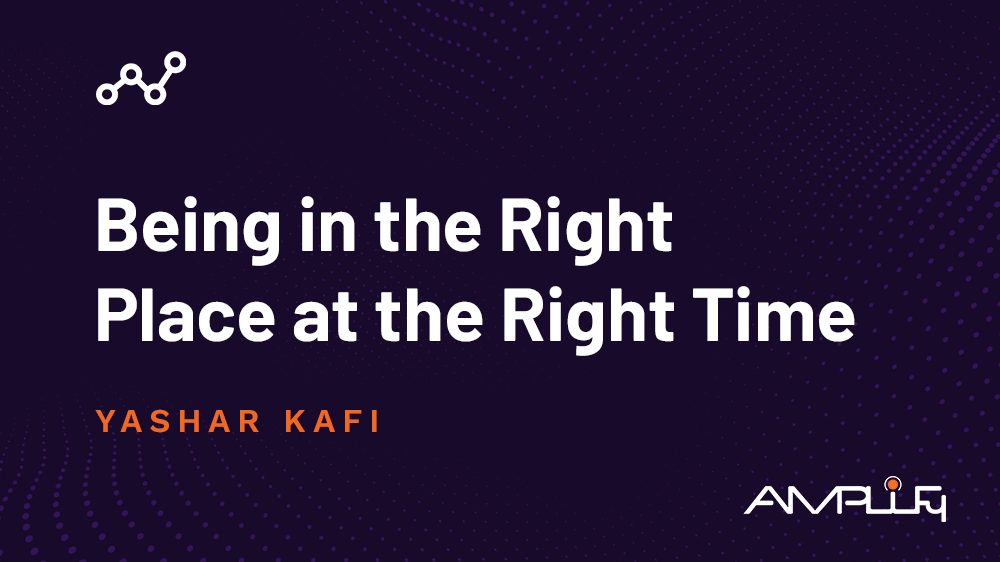Being in the Right Place at the Right Time
It is nearly impossible to describe the ephemeral feeling of being in the right place at the right time. We all know the signs: the sense that everything is seemingly aligned,
a total harmony with one’s surroundings. No matter whether in your professional or personal life, being in the right place at the right time is the combination of many factors, including an openness to any opportunities that come your way. Start with a clear understanding of your goals and the journey you are walking.
Take time to reflect: on your past experiences, your current situation and your aspirations for the future. If you know your destination, it is easier to locate the opportunities that will help get you there.
You also cannot underestimate the importance of
the people around you. When you stop to think about where you want to be in life, are you alone or surrounded by like-minded friends and co-workers who share your goals and values? After all, who among us has not experienced the support, encouragement or guidance from a trusted ally at the exact moment we needed it most? These are also the people who can help introduce you to opportunities you would not have access to otherwise. For example, if you are looking to start your own business, it can be immensely beneficial to be already engaged in a network of other entrepreneurs. They can offer you advice—anywhere from writing a business plan to securing funding—and they may even be able to connect you with potential investors or partners who can help your fledgling business grow.
It is perhaps most important to remember that being in the right place at the right time is not a static or fixed state. Just as you move in and out of life’s other experiences, so too is this experience a dynamic process requiring flexibility and adaptability. It may go without saying, but you never can be certain of what life or business will throw at you next. So remain open to new experiences: take risks and be willing to adjust your expectations and correct course when necessary.
Embracing change and learning from failure are both key traits for navigating the uncertainties of life. It is no surprise, then, that they also help increase your chances of being in the right place at the right time.
To put it plainly, being in the right place at the right time involves the perfect blend of personal growth, opportunity, the people you surround yourself with as well as your own mindset. When these elements all come into alignment, you will experience a harmony that feels almost like magic—and you will know that you are exactly where you are meant to be. But remember: this feeling is neither permanent, nor guaranteed. The only constant in life is change, and just as it is possible to find yourself in the right place at the right time, it is also possible to find yourself somewhere else that you never anticipated. But by focusing on what you can control, you increase the likelihood of positive outcomes. So keep learning, growing and exploring while trusting that the journey will lead you to where you need to be.




